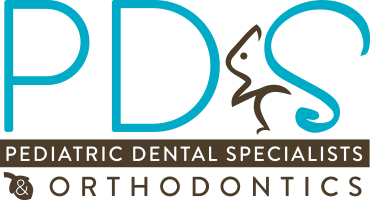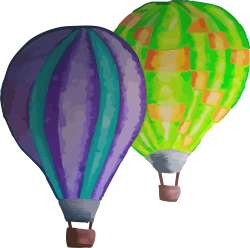Brushing for Healthy Teeth and Gums
Brushing is the most effective method for removing harmful plaque from teeth and gums. Removing debris in a timely manner prevents bacteria in food from turning into harmful, cavity-causing acids. Most dentists agree that brushing three times a day is the minimum. If you use fluoride toothpaste in the morning and before bed at night, you can get away without using toothpaste during the middle of the day. A simple brushing with plain water or rinsing your mouth with water for 30 seconds after lunch will generally do the job.
Brushing for Babies and Young Children
Start cleaning your baby’s teeth at birth using a soft infant toothbrush and water. A small piece of wetted gauze or a washcloth can help wipe away plaque. Avoid using fluoridated toothpaste until your child reaches the age of 2.
As soon as your baby’s first teeth erupt, begin brushing with a small, soft-bristled toothbrush and a pea-sized dab of fluoride toothpaste. Encourage your child to spit out – not swallow – excess toothpaste after brushing. By age 4 or 5, children should begin brushing their teeth independently, though supervision is recommended.
Children under 6 should use only a pea-sized amount of toothpaste and should spit out as much as possible, as they are more sensitive to higher levels of fluoride. Most dentists recommend brushing three times a day. If a child uses fluoride toothpaste in the morning and before bed, they can skip toothpaste during the day and rinse or brush with plain water instead.
Brushing Techniques
Since everyone’s teeth are different, consult a dentist before choosing a brushing technique. Here are some popular methods that work:
- Use a circular motion to brush only two or three teeth at a time, gradually covering the entire mouth.
- Place your toothbrush next to your teeth at a 45-degree angle and gently brush in a circular motion, not up and down. Brushing up and down can wear down your tooth structure, lead to receding gums, and expose the root of your tooth.
- Brush all surfaces of your teeth – front, back, top, and between other teeth – rocking the brush back and forth gently to remove plaque from under the gums.
- Don’t forget to brush other surfaces of your mouth covered in bacteria, including the gums, roof and floor of your mouth, and most importantly, your tongue. Brushing your tongue removes trapped bacteria and freshens breath.
- Replace your toothbrush when the bristles begin to spread because a worn toothbrush will not properly clean your teeth.
- Effective brushing should take about three minutes, but studies show most people rush through this process.
By following these brushing techniques, both children and adults can maintain healthy teeth and gums for a lifetime.


